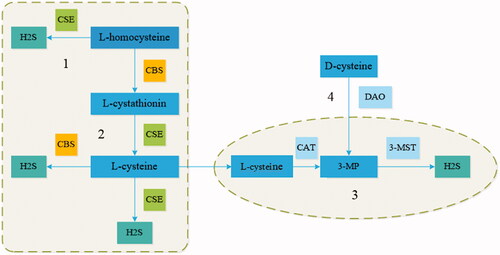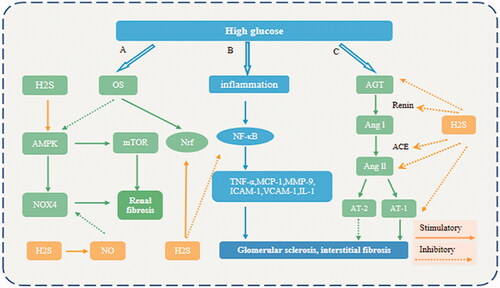Figures & data
Table 1. Previous studies on the effects of H2S in acute kidney injury.
Table 2. Previous studies on the effects of H2S in diabetic nephropathy.
Table 3. Previous studies on the effects of H2S in obstructive kidney disease.


